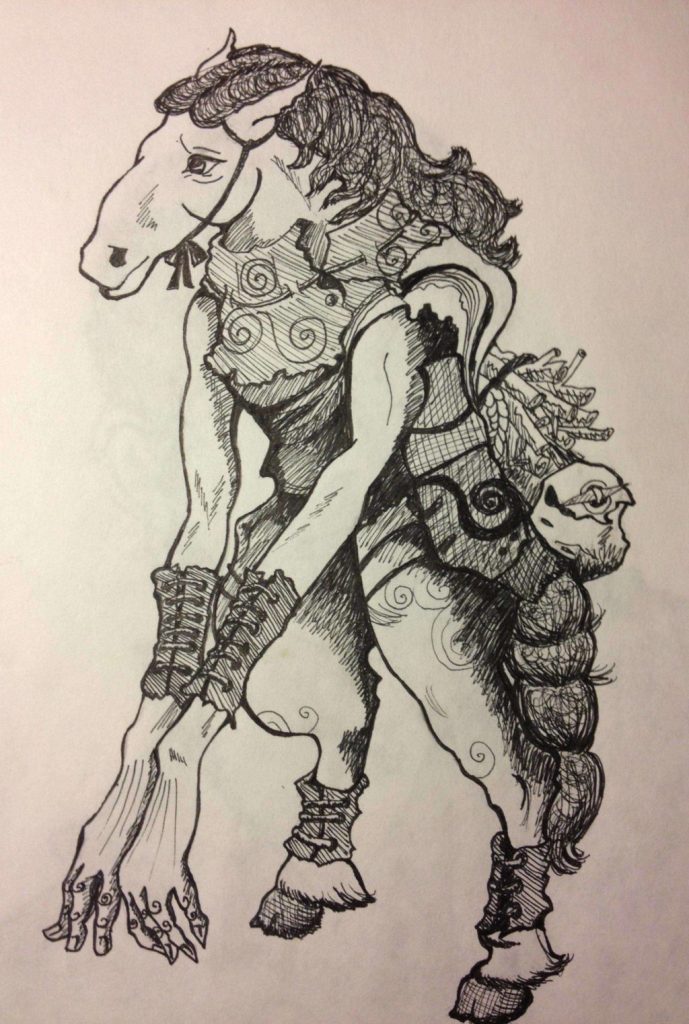Most Filipino gods, demons, and monsters originate from their native mythology, however, are not under any specific bracket term. While some are well-known creatures, such as the Aswang and the Manananggal, there still remain various other mysterious and lesser-known Filipino gods and demons. These Filipino gods and demons can range from malicious beings that bring about physical harm to benevolent protectors of humans. It is believed that these Filipino gods and demons have a strong connection with nature and tend to be resentful of humanity’s intrusion into their realm.
These Filipino gods and demons have been around since ancient times, providing an interesting insight into the culture and beliefs of the Filipinos for generations to come. Despite this, it is important to note that these Filipino gods and demons should not be taken lightly
- Akop – evil entity known to prey on windows
- Angul – evil entity known to kill people with an ax
- Anlabbang – a demonic entity known to cause fights
- Apo – A demonic entity known to eat the kidneys of people who die specifically of dysentery
- Aswang – A type of shape-shifting, supernatural creature known for their malevolence. They have been feared throughout the Southeast Asian archipelago, where they come in various forms such as vampires that lurk in shadows and feast on human blood; viscera suckers who slice through bodies with ease; weredogs who hunger after flesh instead of bones; witches capable to accomplishing sinister feats with an evil glance, and ghouls which devour those left dead or dying.
- Bakunawa – A serpentine dragon , described as a gargantuan creature that devours the moon
- Bulanglang – A demonic entity
- Bumalin – An evil god to the underworld
- Bungisngis – one-eyed giant, purported to dwell in Meluz, Orion, Bataan, and Cebu; described as always laughing.
- Diwata – powerful mythical beings that guard nature’s creations. These creatures are said to be fair-skinned beauties with blonde hair residing in large trees like acacia or balete, often filled with resentment for humankinds intrusion on their realm.
- Dwende: Mysterious Dwende are the bringers of luck and fate. Believed to come in two varieties – white, representing goodness; or black as a sign of ill portent – these fabled creatures have captivated imaginations for centuries. Elves, goblins, hobgoblins: no matter their name they all symbolize enchantment within Hispanic folklore.
- Duwende: bracket term for small magical beings of the land
- Engkanto: bracket term for highly-attractive enchanted human-like environmental beings, usually exuding the scent of flowers and having no philthrum
- Higante: bracket term for giant humanoid land creatures
- Hukloban – A female demonic entity which destroys structures
- Kadongayan – a spirit known to prey on the dead
- Kakayan – a demonic entity which tempts people to do evil deeds
- Kapre: muscular tree giants described as being a tall (7 to 9 ft), big, black, terrifying, and hair
- Kibayen – a murderous spirit which appears during ceremonies
- Managamian – a murderous spirit
- Manananggal: derived from the word, tanggal, which means “to separate” because of their ability to separate from their lower body part
- Mangkukulam: bruha (from Spanish: bruja, “witch”) are witches, wizards, bruho (Spanish:brujo, “wizard, male witch”), or sorcerers who cast evil spells to humans; also called manggagaway
- Mankukulam – similiar to pyro, a demonic spirit that uses fire burn down structures and cause pain
- Maxablay – a evil entity which attacks in the late fall, and winter months
- Minokawa: A gigantic avian dragon creature that devours the sun. A direct counterpart of the Bakunawa
- Multo: is a term used to describe the spirit of a dead person or animal that visually appears in the lives of people that are still alive.
- Nuno sa punso: (literally, goblin of the mound) goblins or elves who live within mysterious lumps of soil (ant hills); provide a person who steps on their shelter with good luck or misfortune
- Sigbin: a goat with very large ears and a long tail used as a whip, has a long whip-like tail that emit’s a foul stench, and two grasshopper-like legs on its neck that enable it to jump far distances. It is also known to crabwalk backward. They wander around at night in search of children to devour but they keep the hearts to make amulets.
- Tikbalang: lurk in the mountains and forests; a tall, bony humanoid creature with the head and hooves of a horse and disproportionately long limbs, to the point that its knees reach above its head when it squats down
- Sarimanok: papanok in its feminine form, is a legendary multi-colored bird or chicken
- Sirena: bracket term for water creatures with a humanoid upper body and the body of a fish from waist down similar to merfolks
- Tiyanak: an un-baptized newborn baby that tricks and preys on people that are usually lost in the woods.
- Siyokoy : Sea creatures that are usually illustrated as green-skinned humanoids with scales, webbed limbs, and fins. Sometimes incorrectly depicted as the male counterpart of the Sirena.
- Xa-Mul – an evil entity that causes physical pain with its teeth.
Most creatures originating from Philippine mythology, however, are not under any specific bracket term.
